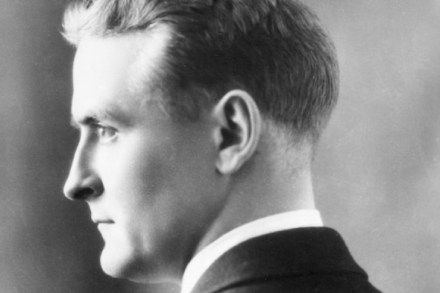Borne back ceaselessly into the past
‘I do not like the idea of the biographical book,’ F. Scott Fitzgerald told his editor Max Perkins in 1936. Fitzgerald may not have liked it, but he certainly let himself in for it. As he wrote, with a grin, in 1937: ‘Most of what has happened to me is in my novels and short stories, that is, all the parts that could go into print.’ Of all the male American modernist writers with tragic lives, including Ernest Hemingway, Hart Crane and Eugene O’Neill, F. Scott Fitzgerald still serves to many people as the defining figure. A glittering success as a writer when he was just 23, Fitzgerald died 20




















